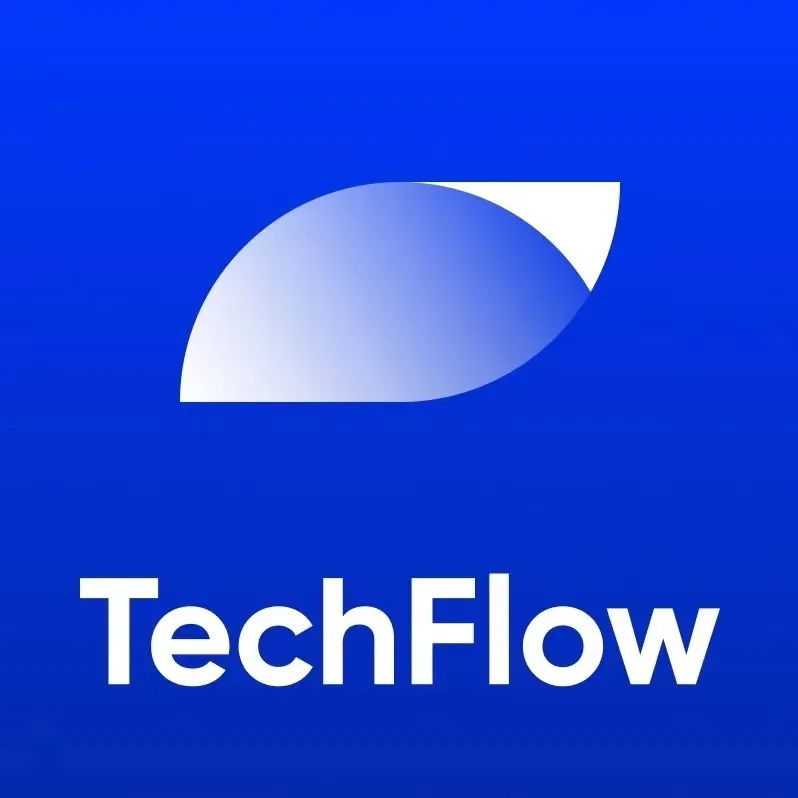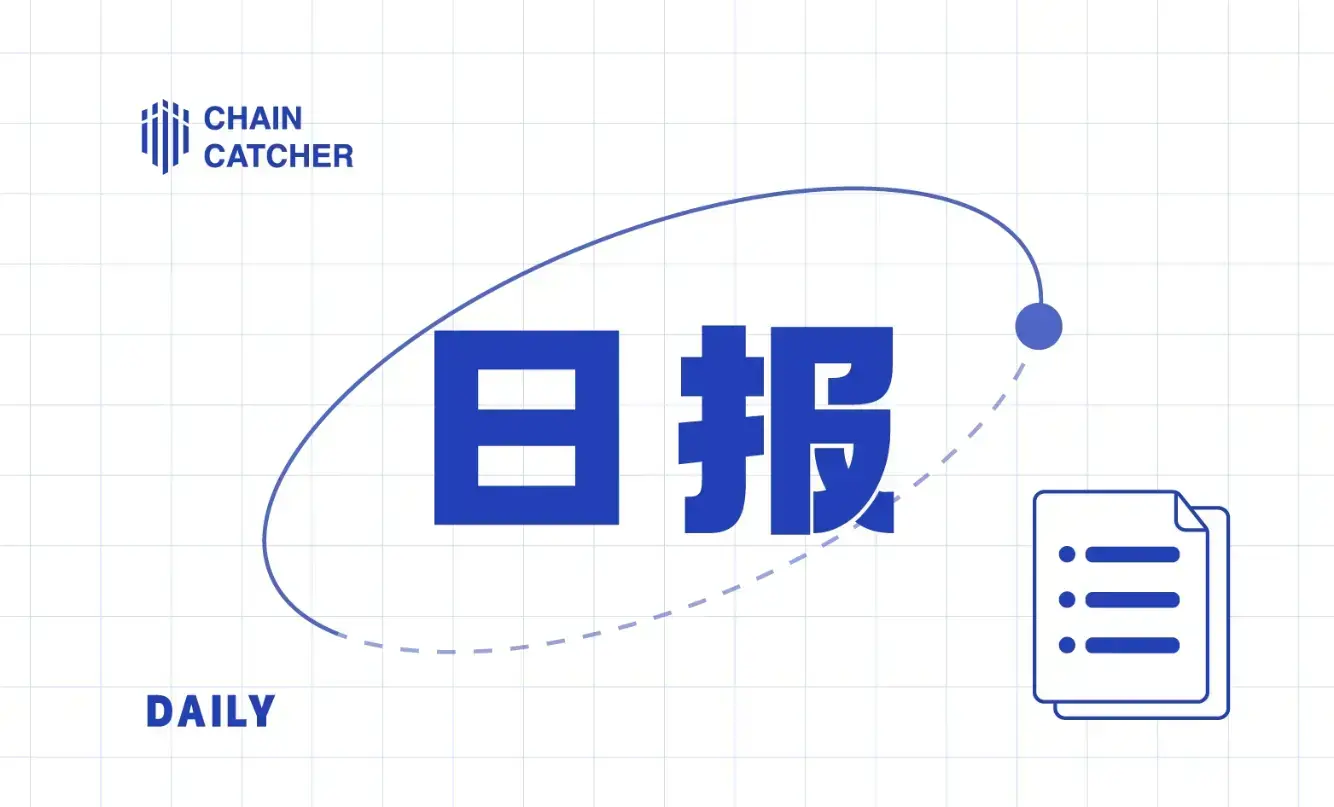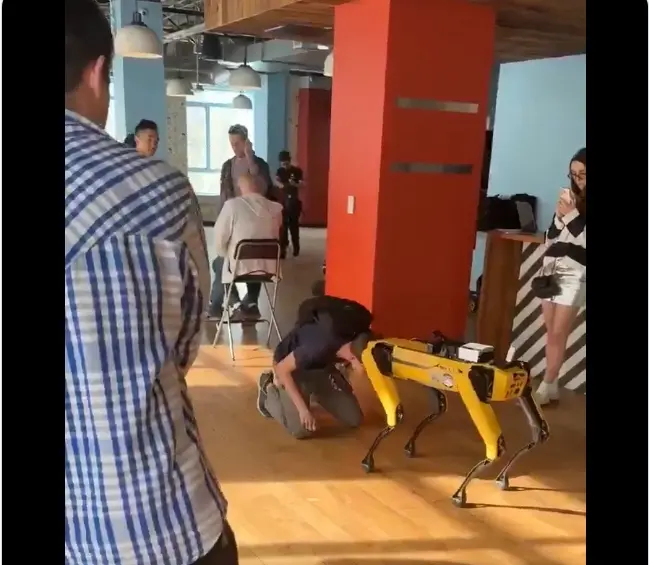Received praise from Vitalik: Exploring the technical innovations and ecological construction of the Ethereum L2 project Taiko
Author: Shenchao TechFlow
With the return of the bull market and the approval of Ethereum ETFs, the Ethereum ecosystem has seen a surge in interest, particularly with the L2 project Taiko recently garnering significant attention and discussion in the market. Following Vitalik's packaging of Taiko's first block with a message praising its technical roadmap, Vitalik's article published today, "Layer 2s as cultural extensions of Ethereum," once again mentions Taiko, stating:
Every Ethereum L2 has its unique "soul," and Taiko emphasizes "seamless user experience," "community-centric," "security first," and "Based (multi-dimensional 'based' on Ethereum)."
In several large events prior, Vitalik has shared his views on the development of Ethereum L2, including that ZK is the future of Ethereum and that Ethereum L2 needs Multi-proofs from a long-term perspective. Taiko, which has frequently received Vitalik's praise, is one of the first projects to put these ideas into practice:
As a Type-1 zkVM, it is not only the first team in the industry developing a Based Rollup but also the first project to implement the concept of Multi-proofs, aiming to enhance system security and robustness while supporting efficient and low-cost processing of complex computations and large-scale transactions.
Its outstanding technical strength and innovative capabilities have made Taiko a leader in innovation within the Ethereum L2 space, and the community has high expectations for the Taiko mainnet launch airdrop: the Taiko mainnet is officially launching on May 27, 2024. At this milestone moment for the project, Vitalik has once again offered his support and blessings, packaging a block with a height of "1" on the network, with metadata containing the names of each Taiko core contributor, expressing his anticipation for the Taiko mainnet launch and thanking the team for their critical support in realizing a decentralized community-led initiative and promoting the network's launch.

As the mainnet goes live, another important milestone for Taiko, the token TGE, is also entering the countdown phase.
This article aims to delve into Taiko, exploring the project's core advantages and ecological construction strategies from a technical perspective, and to understand Taiko's vision of "building a truly decentralized, permissionless, fully inheriting Ethereum's security features, and efficient low-threshold L2 architecture."

Frequently Praised by Vitalik: Taiko's Multiple Technological Innovations Achieve True Decentralization
In the competitive L2 space, Taiko has managed to carve out a niche for itself, with many people's first impression of Taiko stemming from its star-studded founding team and its outstanding technical innovation capabilities.
It is well-known that Taiko's core team is almost entirely composed of the original members of the Ethereum L2 ZK-Rollup project Loopring, which was the first ZK-Rollup deployed on Ethereum. In 2020, Loopring was listed on Coinbase, becoming the first Chinese project to be listed on Coinbase. Taiko co-founder and CEO Daniel Wang was not only the founder of Loopring but also has extensive Web2 experience, having held important positions such as the technical head at JD.com and a technical director and senior software engineer at Google. This dual background in Web2 and Web3 has made Taiko a focal point since its inception, with a solid technical foundation from product design to implementation.
From a technical architecture perspective, Taiko is divided into three main modules:
Multi-Prover: Utilizing various zkVMs and SGX integrated proof systems, it directly compiles and runs the Rust-based Ethereum virtual machine, generating zero-knowledge or TEE proofs to verify the accuracy and completeness of Ethereum block execution. Through Multi-prover, Taiko can scale Ethereum without altering existing smart contracts and dApps while inheriting Ethereum's security, decentralization, and compatibility.
Layer 2 Rollup Node: Responsible for managing and executing transactions on Layer 2 while interacting with Ethereum Layer 1 (L1). Through Layer 2 Rollup technology, Taiko can increase Ethereum's transaction throughput, reduce transaction costs, and maintain decentralization and security.
Taiko Protocol: Defines and enforces the rules of Layer 2 Rollup, ensuring the correctness of transactions and the security of the network. Through smart contracts and decentralized verification, the Taiko protocol achieves efficient scaling of Ethereum while maintaining its decentralization and security features.
Taiko aims to become a Type-1 zkVM: zkVM, as a general-purpose computing platform based on ZKP, can verify the correctness of computations without revealing execution details. It supports off-chain processing of computationally intensive tasks, submitting only the verification results to the blockchain, greatly enhancing blockchain scalability. Compared to other solutions, Type-1 zkVM is fully Ethereum-equivalent and can run directly on the Ethereum chain as an EVM, but it has a higher technical barrier, so there are not many projects in the industry pursuing the realization of Type-1 zkVM; Taiko is one of them. Based on Taiko, developers and users can safely experience Ethereum with lower transaction fees and without making any changes to Ethereum.
The BCR architecture built on Multi-proofs further expands Taiko's advantages in cost, efficiency, and security.
As a key innovation of the Taiko protocol, the BCR framework (Based Contestable Rollup) centers on "competition": anyone can become a proposer, submit block proposals, and any validator who disputes the state transition results can submit a security-level challenge proof to change the L2 block state, making a choice between correct and incorrect forks. Proposers need to package user transactions and generate zero-knowledge proofs, and multiple proposers can compete to submit blocks simultaneously; validators are responsible for verifying the blocks and zero-knowledge proofs submitted by proposers, with multiple validators competing to verify blocks. This process not only ensures the decentralization of the generation and submission of each block but also further increases the network's security.
Multi-proofs are the core concept for implementing the BCR framework, which was first proposed by Vitalik as an important direction for future Ethereum upgrades. Vitalik believes that single-proof solutions cannot address the bug issues hidden in the complex code of zkEVM, while Multi-proofs generate multiple proof types for a single block; even if one proof type encounters issues, other types of proofs can continue to ensure the normal operation of the system and promptly detect any erroneous state transitions.
As the first project to implement the concept of Multi-proofs, Taiko believes that multi-proof in ZK can be transformed into using multi-SNARKs + multi-Client, meaning using various ZK-SNARKs to prove different Ethereum nodes, which will lay the foundation for the diversity of SNARKed nodes in future Ethereum L1. Additionally, Taiko has adopted the Halo2-KZG proof system, enabling efficient and low-cost processing of complex computations and large-scale transactions. Currently, Taiko has launched the multi-prover Raiko, an integrated environment for building, running, and benchmarking ZK-VM targets, currently supporting SP1, Risc0, and SGX, and is working to integrate Jolt and Powdr.

Moreover, during the "Multi-proofs for rollups" Twitter Space event held on December 13, 2023, Vitalik also engaged in an in-depth discussion about Taiko's other core innovation, BBR (Based Booster Rollup), expressing high praise.
Before understanding BBR, we can first briefly understand Based Rollup: Based Rollup, also known as L1-sequenced Rollup, was first proposed by Ethereum Foundation researcher Justin Drake in March 2023. It is a Rollup whose ordering is entirely driven by the underlying L1. This design outsources the ordering rights to L1 validators, with the consensus layer, data availability layer, and settlement layer all being Ethereum, while only the execution layer is built on top of the Rollup network. This design, which does not require additional security mechanisms or consensus algorithms to ensure the validity and order of transactions, not only simplifies technical complexity and reduces latency and operational costs but also allows Taiko to fully inherit Ethereum's security and decentralization, making it a more attractive L2 option.
The conception of BBR arose from the Taiko team's further contemplation of Based Rollup: adding out-of-the-box native Ethereum L1 DApp extension capabilities to Based Rollup to further enhance its advantages. BBR not only integrates seamlessly with L1 but is also fully compatible with Ethereum's existing architecture, enhancing any type of Rollup. Its dual-layer structure achieves separation of transaction execution and storage, ensuring efficiency while maintaining decentralization. This solution, which is very close to native Ethereum scaling, improves transaction execution and storage efficiency, allowing DApps to deploy once and automatically scale to all L2s. If additional block space is needed, more "booster rollups" can be added without any extra setup work.

Compared to other OP or ZK series L2 projects, Taiko's series of technological innovations also provide unique and favorable experiences for ecological participants.
Permissionlessness is a significant feature of Taiko: whether for block production or proof of blocks, anyone can produce blocks for transactions. Anyone has the opportunity to participate in the construction of the network.
The Based Rollup, which outsources ordering rights to L1 validators, not only makes Taiko a true Layer 2 inheriting Ethereum's decentralized ethos but also allows anyone to become a proposer, attracting broader participation and further enhancing the system's decentralization, promoting healthier network operation.
For developers, Taiko expands Ethereum through the operational methods of Ethereum itself at both the technical and protocol levels, making it not only safer and more efficient but also enabling infinite scalability with a single deployment, saving time and labor costs while reducing transaction fees and enhancing scalability.
It can be said that since its establishment, Taiko's contemplation of L2 and pursuit of innovation have never ceased. From Multi-proofs, Based Rollup to BBR, Type-1 zkVM, Taiko is a proactive explorer in the L2 space, often regarded as the "first to eat the crab" across multiple dimensions, which has attracted investments from many top institutions in the industry:
In March 2024, Taiko announced it had raised $15 million in Series A funding, bringing its total funding to $37 million, including $22 million raised in two previous rounds, with participating institutions including Sequoia China, Generative Ventures, Lightspeed Faction, Hashed, Token Bay Capital, and the Ethereum Foundation.

Taiko has always been committed to in-depth thinking and continuous innovation in Layer 2 networks (L2). With the mainnet launch and accelerated ecological construction process, Taiko is seeking collaborations with several industry-leading projects while also emphasizing community engagement and cohesion, further enhancing the diversity and vitality of its ecosystem.
Ecological Expansion Continues to Gain Momentum, Token TGE Approaching
In May, Taiko has firmly captured the community's attention.
First, the widespread attention brought by the mainnet launch. Since starting development in 2022, Taiko has initiated testnet-related work and has had over 1.1 million independent wallets, more than 30,000 decentralized proposers, and over 14,000 decentralized validators during the testnet phase. After undergoing seven testnets over two years, Taiko officially launched its mainnet on May 27.
Additionally, it is worth mentioning that after the mainnet launch, the Taiko token is expected to be launched a few weeks later. Compared to the TVL and market cap data of other leading L2s, Taiko, with its multiple technological innovations, support from well-known institutions, and high praise from Vitalik, is seen by many as a highly promising presence in the Ethereum L2 space.
On May 23, just before the mainnet launch, Taiko's genesis airdrop event was widely discussed in the community.
According to the tokenomics model released by Taiko, the total supply of TAIKO tokens is 1 billion, with 5% allocated for the genesis airdrop. The airdrop recipients include block proposers, block provers, users interacting with the testnet, participants in Galxe activities, and users contributing to eligible repositories on GitHub. Furthermore, the TAIKO airdrop claims will occur on the Taiko mainnet L2, with no lock-up or vesting period for the airdrop tokens.

Subsequently, Taiko launched an airdrop query page, and a wave of users showcasing their airdrops quickly appeared on social media. According to off-market information provided by AEVO Premarket, the current price of TAIKO is around $5.
However, large project airdrops are always challenging to satisfy everyone, and Taiko's genesis airdrop has generally shown a "some are happy, some are sad" situation, with some users expressing their dissatisfaction.
In response to community sentiment, the Taiko team updated its official FAQ, revealing that a total of 300,000 addresses claimed over 50 million tokens in the airdrop. Following this, Loopring, as one of the recipients of this airdrop, announced it would distribute the 2.5 million TAIKO it received to the community.
Additionally, this Taiko genesis airdrop is only the first phase, accounting for 5% of the total token supply, with another 10% of tokens reserved for future airdrops. For instance, the Trailblazers event, where participants can earn exclusive rewards by participating in the event and minting faction badges on the mainnet.

In terms of ecology, Taiko's ecological construction has already taken shape before the mainnet launch.
According to data from Taiko's official website, over 100 projects have already settled in the Taiko ecosystem, covering categories such as wallets, NFT markets, oracles, DeFi, and AI applications.
With the official mainnet launch and the acceleration of ecological construction, Taiko is expected to attract more quality projects to settle in and announce collaborations, such as with Pyth, Etherscan, Pancakeswap, Layer Zero, and others.

The rich ecosystem benefits from Taiko's technical advantages that provide a low development threshold: as a Type-1 zkVM L2 solution, Ethereum dApps can seamlessly migrate to the Taiko ecosystem, and most of the time, developers do not need to worry about deployment and code adjustment.
On the other hand, Taiko, which places great importance on ecological construction, also offers a series of support policies for ecological development: by checking the regularly updated documents on the official website, developers can access a series of practical tools and usage tutorials. Additionally, Taiko has launched an ecological funding program aimed at discovering the innovative potential of the ecosystem and providing support in funding, operations, and technology for developers interested in building applications based on the Taiko ecosystem, further promoting the prosperity and development of the ecosystem.

In summary, while the official mainnet launch is just the starting point for Taiko to embark on a new journey, the performance of various data dimensions post-launch remains to be observed and verified. However, for the Taiko project, multiple technological innovations, impressive funding, and team background inject inexhaustible momentum into its subsequent development… The combination of multiple advantages is also a significant reason for more community members to maintain their attention on the project.
For crypto projects, technological innovation is the foundation of existence, while ecological construction is a key factor affecting whether a project can develop sustainably in the long term. Therefore, listening to community voices, implementing effective incentive measures, and providing participants with a more transparent, rich, and diverse ecological participation experience are important issues that run through the entire lifecycle of the project. With the mainnet launch and the realization of multiple milestones, we look forward to innovative explorers like Taiko continuing to drive the upgrade and development of Ethereum L2.










